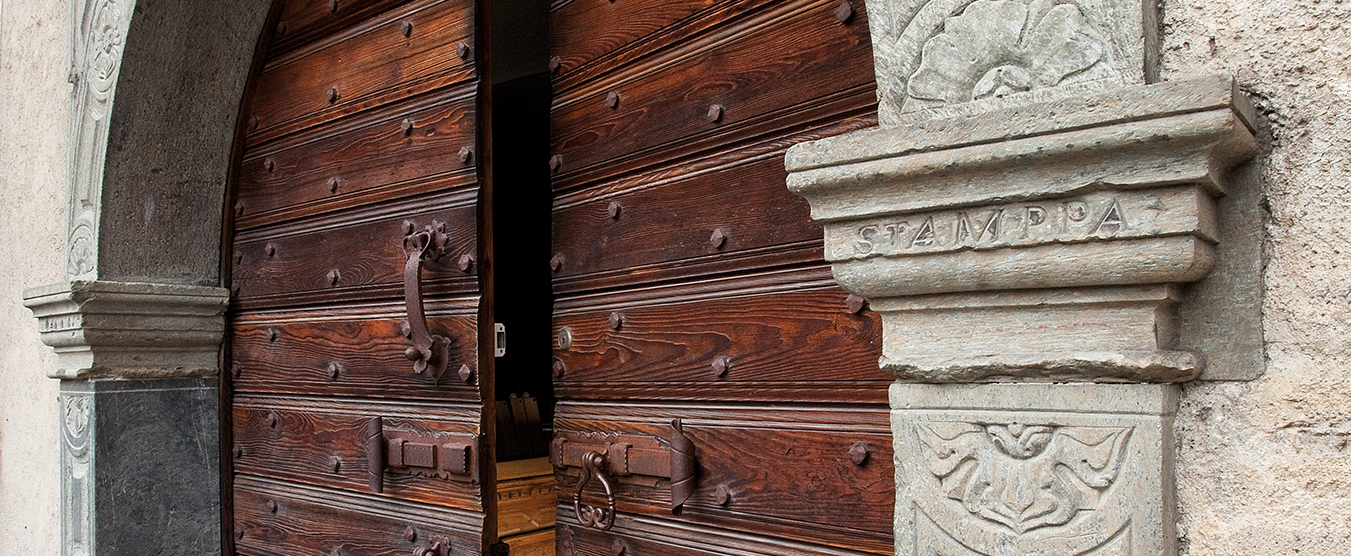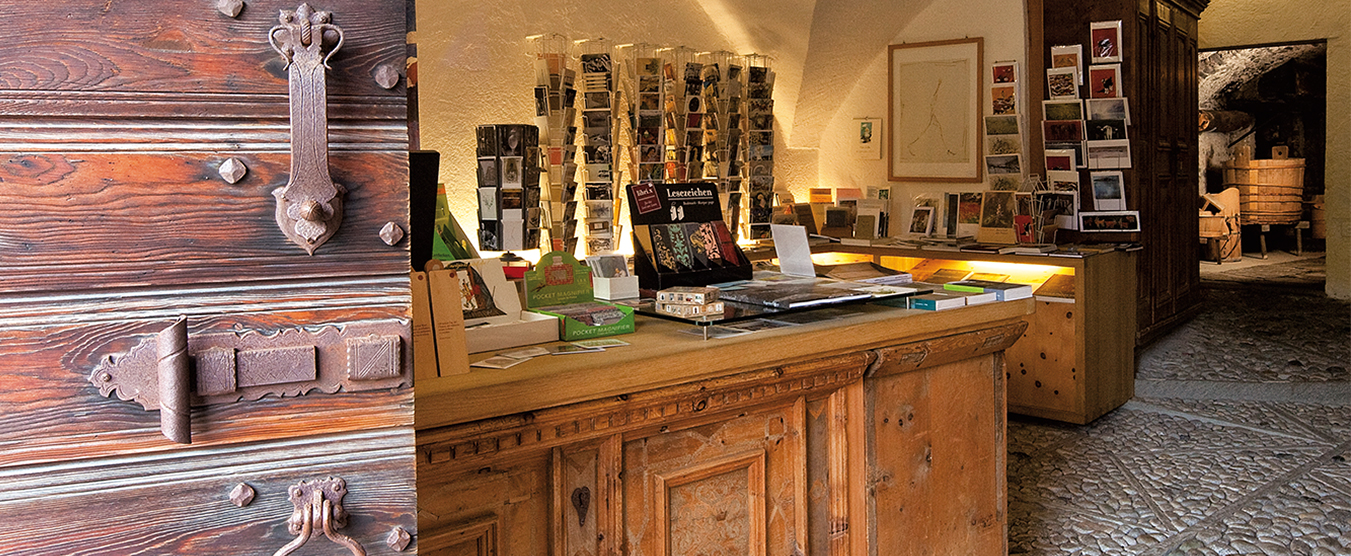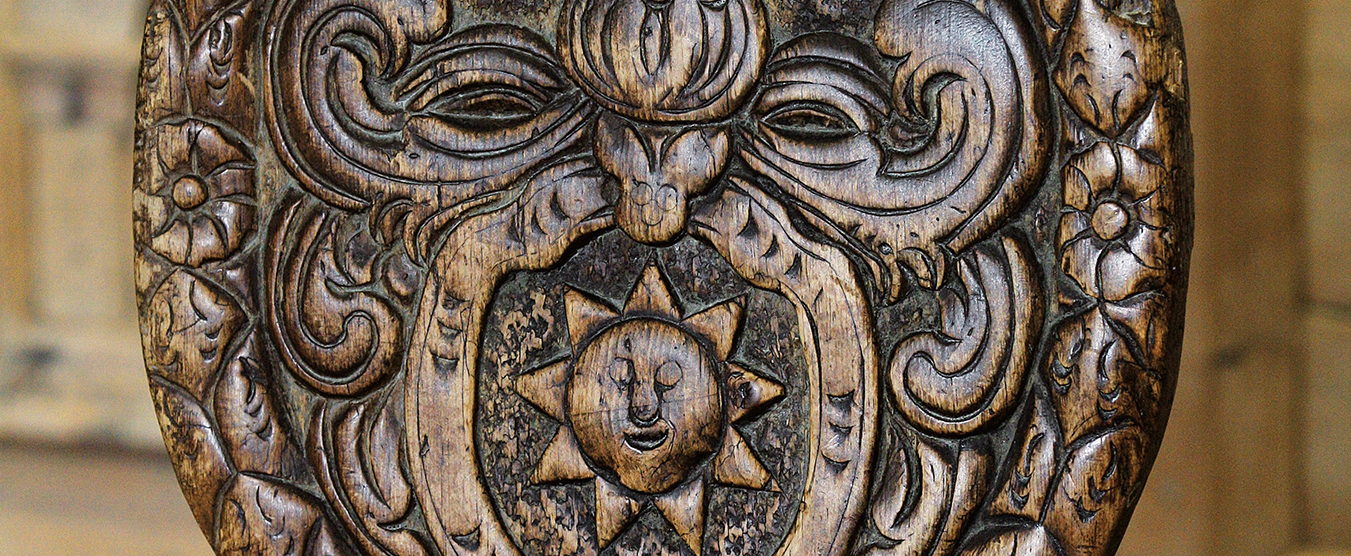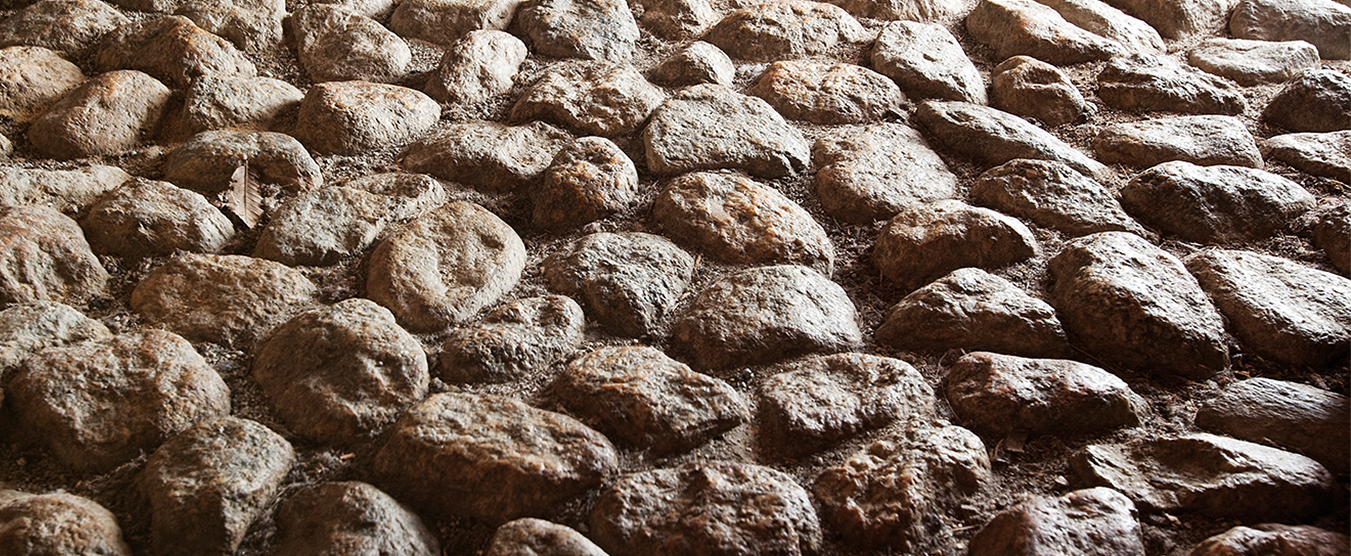







The Ciäsa Granda, today the Bergell ethnographic museum, was owned by the Società culturale. In 1952, the assembly decided to acquire the building in order to create a cultural centre. Since 2023, the museum is owned by the Foundation Museo Ciäsa Granda and Atelier Giacometti.
Built in the second half of the 16th century for Giovanni della Stampa, it retains a renaissance Hall, which to this day serves for meetings and lectures.
Works by the artists native to this valley can be admired. These are all members of the Giacometti family – Giovanni, the father of Alberto and Diego, as well as a cousin Augusto. In addition a very large painting by Willy Guggenheim (Varlin) is exhibited..
A great number of dioramas show the fauna that inhabites this valley. Other installations show the crafts practised in the past and the present.
In the year 1906 Giovanni Giacometti had a barn and stable, dating from late 18th century, refurbished for the use as an atelier. This is located in Stampa, right next to the house where the family lived. Here he taught his son Alberto the techniques of his trade, […]
The museum, an imposing structure dating from the 16th century, houses apart from many items relating the people and nature in the valley, a fine collection of works by the various local artists. The village of Stampa, small and even without a church […]
Hunter-gatherers they were and left their flint tools by the remains of a fire in the Forno valley. There are settlements from the Bronze age onwards.Etruscans left inscriptions at Maloja and the Romans established residences in Soglio, Bondo, […]
This was assembled over many years and exhaustively explores the wealth of different minerals of the region. When a dam was constructed, numerous samples were drilled and extracted from the ground, samples of which now form part of the collection on view. […]
